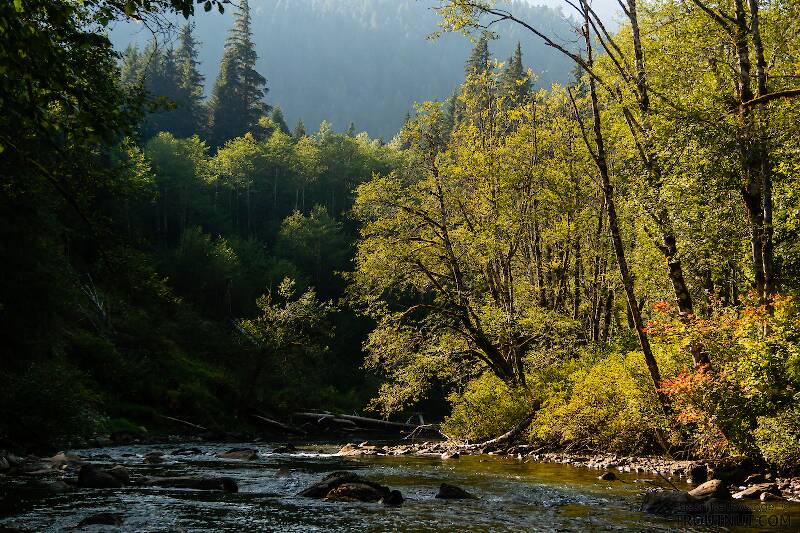
Blue-winged Olives
Baetis
Tiny Baetis mayflies are perhaps the most commonly encountered and imitated by anglers on all American trout streams due to their great abundance, widespread distribution, and trout-friendly emergence habits.
Featured on the forum

I caught this tiny larva without a case, but it seems to key pretty clearly to to Glossosomatidae. From there, the lack of sclerites on the mesonotum points to either Glossosoma or Anagapetus. Although it's difficult to see in a 2D image from the microscope, it's pretty clear in the live 3D view that the pronotum is only excised about 1/3 of its length to accommodate the forecoxa, not 2/3, which points to Glossosoma at Couplet 5 of the Key to Genera of Glossosomatidae Larvae.

Troutnut is a project started in 2003 by salmonid ecologist Jason "Troutnut" Neuswanger to help anglers and
fly tyers unabashedly embrace the entomological side of the sport. Learn more about Troutnut or
support the project for an enhanced experience here.
Garden Hackles
This common name refers to only one family. Click its scientific name to learn more.
Worm Family Lumbricidae
These are pretty much always called Garden Hackles.
Earthworms frequently end up in the stream after they make a wrong turn crawling around on a rainy day, and trout relish them. It is interesting that fly fishers frown upon the San Juan Worm, a popular artificial imitaiton, considering that this form of terrestrial hatch-matching is just as rooted in biology as any ant or beetle fisherman's sport.
Since worms fit easily onto a hook, many fishermen skip all the feathers & thread tying and go straight for their favorite all-natural fly pattern: the real, live, wiggling "Garden Hackle."
Since worms fit easily onto a hook, many fishermen skip all the feathers & thread tying and go straight for their favorite all-natural fly pattern: the real, live, wiggling "Garden Hackle."

